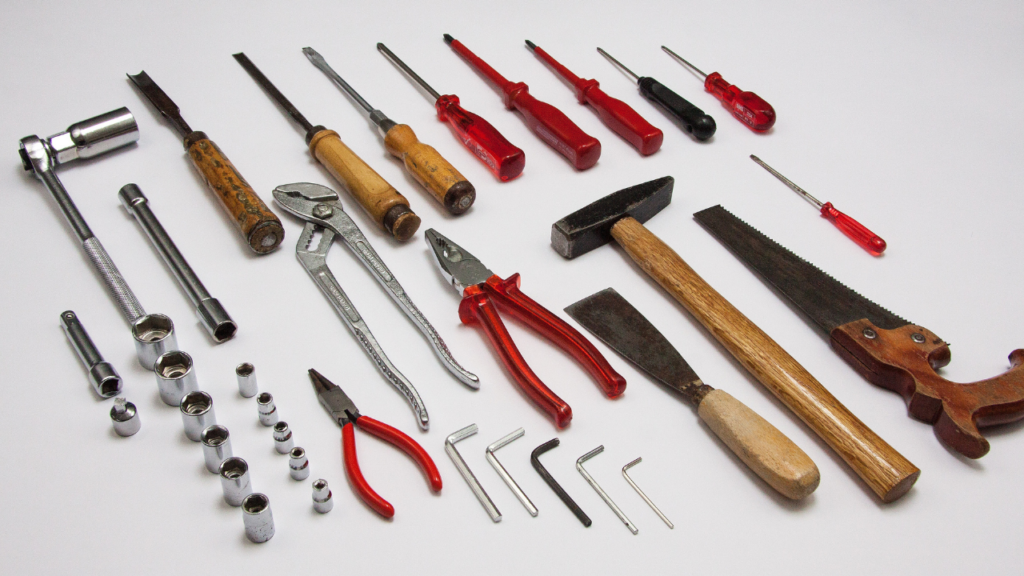Introduction to Power Carving Tools
Power carving tools have revolutionized the world of woodworking, offering artists and hobbyists a more efficient way to create intricate designs and detailed sculptures. These tools are essential for anyone looking to elevate their woodworking skills, allowing for faster and more precise carving. In this comprehensive guide, we’ll explore the various types of power carving tools, their applications, and how to choose the right one for your needs.
What Are Power Carving Tools?

Power carving tools are specialized equipment designed for shaping, sculpting, and detailing wood. Unlike traditional hand carving tools, which rely on manual force, power carving tools use electric or pneumatic power to assist in the carving process. This makes them particularly useful for handling larger projects or working on harder materials that would be difficult to carve by hand.
Types of Power Carving Tools
When it comes to power carving tools, there is a wide variety to choose from, each serving different purposes. Understanding the different types will help you select the right tool for your specific carving needs.
1. Rotary Tools
Rotary tools are some of the most versatile power carving tools available. They feature a rotating bit that can be used for carving, sanding, grinding, and polishing. Rotary tools come with a wide range of attachments, making them ideal for detailed work and intricate designs.
2. Angle Grinders
Angle grinders are powerful power carving tools that are typically used for rough shaping and removing large amounts of material. They are equipped with various attachments, such as grinding discs and carving wheels, that allow you to shape wood quickly and efficiently.
3. Die Grinders
Similar to rotary tools, die grinders are power carving tools designed for precision work. They are often used for detailed carving, smoothing, and finishing. Die grinders are compatible with a variety of bits and attachments, making them ideal for intricate designs.
4. Power Chisels
Power chisels are motorized versions of traditional hand chisels. These power carving tools are perfect for making deep cuts and shaping wood with more control and accuracy. Power chisels are often used in relief carving, where detailed work is required.
5. Reciprocating Carvers
Reciprocating carvers are unique power carving tools that mimic the motion of a hand carving tool. They feature a motor that drives a chisel-like blade back and forth, allowing for precise control and detailed carving. These tools are particularly useful for creating fine details and textures.
Key Features to Consider When Choosing Power Carving Tools

When selecting power carving tools, it’s important to consider several factors that will influence your choice. Here are some key features to keep in mind:
1. Power and Speed
The power and speed of a power carving tool will determine how efficiently it can remove material and handle different types of wood. For larger projects or harder materials, you’ll want a tool with higher power and speed settings.
2. Versatility
Some power carving tools come with multiple attachments and accessories, allowing you to use them for a variety of tasks. Consider whether you need a versatile tool that can handle different carving techniques or if a specialized tool would be more suitable for your work.
3. Comfort and Ergonomics
Carving can be a time-consuming process, so it’s essential to choose power carving tools that are comfortable to use for extended periods. Look for tools with ergonomic designs, lightweight bodies, and vibration-reducing features.
4. Precision and Control
Precision is crucial in carving, especially when working on intricate designs. Opt for power carving tools that offer adjustable speed settings and precise control over the carving process.
5. Durability and Build Quality
Investing in high-quality power carving tools ensures that they will last longer and perform better. Check for tools made from durable materials and backed by solid warranties.
Best Power Carving Tools for Woodworking Enthusiasts

With so many options on the market, it can be challenging to choose the best power carving tools for your needs. Below are some top-rated tools that stand out for their performance, versatility, and ease of use.
1. Dremel 4300 Rotary Tool Kit
The Dremel 4300 is one of the most popular power carving tools available, known for its versatility and precision. This rotary tool kit includes multiple attachments and accessories, making it perfect for detailed carving, sanding, and engraving. Its variable speed settings and ergonomic design make it a favorite among woodworkers.
2. Arbortech Turbo Plane
The Arbortech Turbo Plane is a powerful carving attachment designed for use with angle grinders. This power carving tool excels at removing large amounts of wood quickly, making it ideal for shaping and roughing out designs. Its durable construction ensures it can handle tough materials and extensive use.
3. Proxxon 28594 Engraving Kit
For those who require detailed work and fine control, the Proxxon 28594 Engraving Kit is an excellent choice. This precision power carving tool offers variable speed settings and a range of attachments, allowing for intricate engraving, detailing, and finishing work.
4. Makita GD0601 Die Grinder
The Makita GD0601 Die Grinder is a powerful and reliable tool that is perfect for detailed carving and finishing. With its high-speed motor and ergonomic design, this power carving tool provides excellent control and precision, making it ideal for both beginners and professionals.
5. Foredom SR Series Flex Shaft
The Foredom SR Series Flex Shaft is a professional-grade power carving tool known for its versatility and power. This flex shaft tool is designed for heavy-duty carving, sanding, and grinding. Its flexible shaft allows for greater control and precision, making it an essential tool for serious woodworkers.
Techniques for Using Power Carving Tools

Using power carving tools effectively requires practice and a good understanding of the different techniques. Here are some tips to help you get started:
1. Start with a Rough Outline
Before diving into detailed carving, it’s a good idea to start with a rough outline of your design. Use an angle grinder or a rotary tool to remove large chunks of wood and shape the general form of your project.
2. Use the Right Attachments
Each power carving tool comes with various attachments designed for specific tasks. Make sure to use the appropriate attachment for the job, whether it’s a grinding disc for rough shaping or a fine burr for detailed work.
3. Work in Layers
When carving with power carving tools, it’s often best to work in layers. Gradually remove material, refining your design with each pass. This approach allows for greater control and reduces the risk of over-carving.
4. Practice Proper Safety Measures
Power carving can be hazardous if not done correctly. Always wear protective gear, such as safety glasses, gloves, and a dust mask. Ensure your work area is well-ventilated and free of distractions.
5. Experiment with Different Textures
One of the advantages of power carving tools is the ability to create a variety of textures and finishes. Experiment with different attachments and techniques to add depth and interest to your projects.
Common Mistakes to Avoid with Power Carving Tools
While power carving tools can make woodworking more efficient, they can also lead to mistakes if not used properly. Here are some common pitfalls to avoid:
1. Using Too Much Force
One of the most common mistakes is applying too much force when using power carving tools. Let the tool do the work—applying excessive pressure can lead to accidents and damage to your project.
2. Not Securing the Workpiece
Always ensure your workpiece is securely clamped down before carving. A loose workpiece can shift unexpectedly, leading to mistakes or injuries.
3. Ignoring Maintenance
Regular maintenance is essential for keeping your power carving tools in good working condition. Clean your tools after each use, replace worn attachments, and check for any signs of wear or damage.
4. Overlooking the Importance of Speed Control
Different materials and tasks require different speeds. Ignoring speed control can result in uneven carving or damage to your project. Adjust the speed settings based on the type of wood and the level of detail required.
Conclusion: Elevate Your Woodworking with Power Carving Tools
Power carving tools have transformed the way woodworkers approach their craft. By providing speed, precision, and versatility, these tools open up new possibilities for creativity and design. Whether you’re a beginner or an experienced woodworker, investing in the right power carving tools can take your projects to the next level. With the tips and recommendations in this guide, you’re well on your way to mastering the art of power carving.
